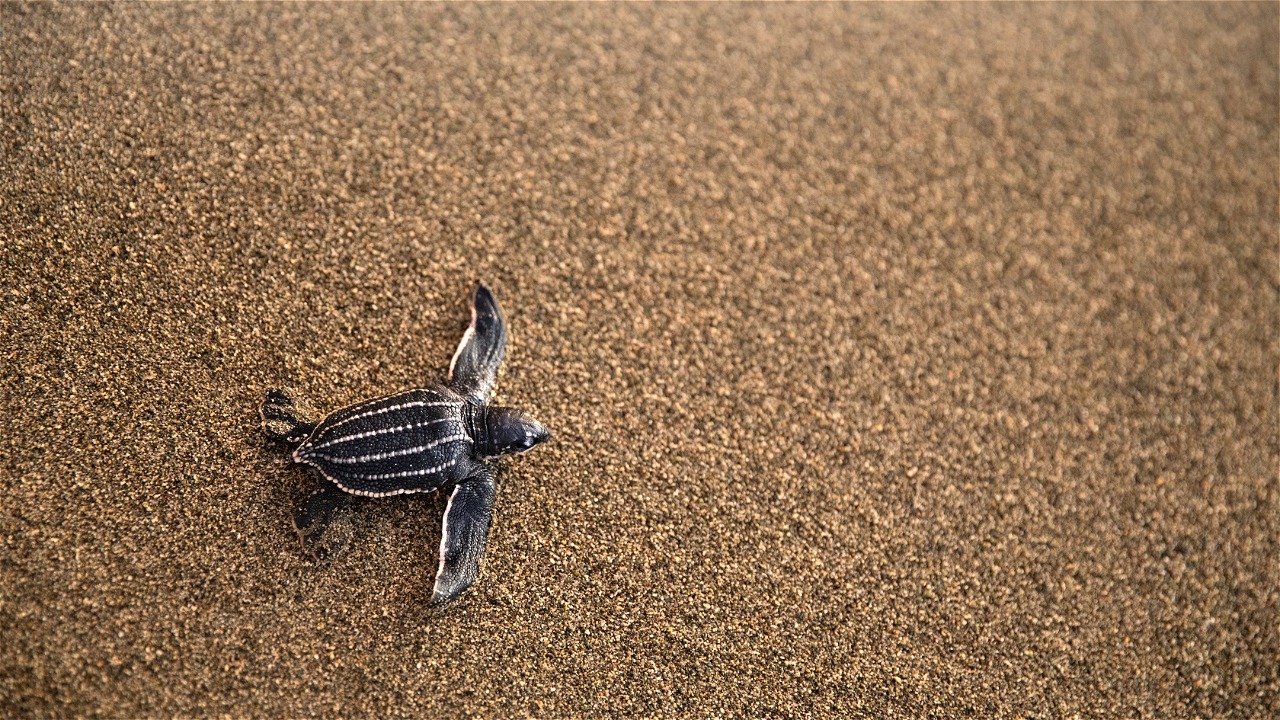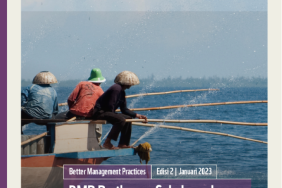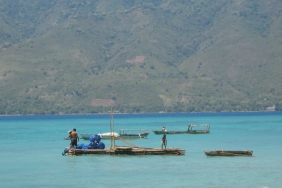SEA TURTLE SMUGGLING IN BALI, WWF AND UDAYANA UNIVERSITY INITIATE DNA FORENSIC STUDY (1)
"By: Sheyka Nugrahani Fadela (Marine Species Conservation Assistant, WWF-Indonesia)
Many people know Bali as one of Indonesia's favorite marine tourism destinations. However, not many know that Bali is also a major destination for sea turtle smuggling.
"Bali is the largest user of turtle meat in Indonesia. Bali is the hub for the trade chain of these protected animals," said Dwi Suprapti, National Coordinator for Marine Species Conservation of WWF-Indonesia, at the National Seminar: Sea Turtle Conservation from the Perspective of Ecological Genetics held by Udayana University together with WWF-Indonesia, in Denpasar, last Wednesday (3/5).
This is in line with the statement of Kombes. Sukandar, M.M from the Directorate of Water Police (Ditpolair) of Bali Police who initiated the LIBAS (Bali Free) Illegal Turtle Trade movement. He revealed the fact that as many as 175 green turtles (Chelonia mydas) were successfully rescued in Bali in the 2015-2016 period which he presented at the National Seminar.
However, even with this title, from this Island of the Gods, WWF-Indonesia together with Udayana University initiated a new genetic study for sea turtle conservation. The results of this study were introduced at the Udayana University Postgraduate Building that day by the presenter, drh. Maulid Dio Suhendro, S.KH _-Master Student of Veterinary Science of Udayana University.
Dio explained the results of genetic investigations he conducted on confiscated turtles rescued by the Bali Police Directorate. This genetic study aims to determine the origin of sea turtles. Not only WWF-Indonesia and Udayana University, the Denpasar Coastal and Marine Resources Management Center (BPSPL) and the Indonesian Biodiversity Research Center (IBRC) are also involved in this research.
"Based on the analysis of 136 DNA samples from turtle body parts, it is known that turtles smuggled into Bali come from various nesting beaches in Indonesia and neighboring countries," Dio said. "However, the majority of the smuggled turtles came from the Sangalaki nesting beach in Berau Regency, or around 51.19% of the total samples," he continued.
This means that the illegal trade of sea turtles and their derivatives to Bali will have an impact on the sustainability of sea turtle populations in Indonesia, especially Berau waters, as well as on populations in a number of countries, such as Australia, Malaysia, and countries in the Pacific Islands.
drh. I. B. Windia Adnyana, Ph.D one of the speakers from Udayana University in this seminar expressed, the more genetic studies conducted on sea turtles, the more visible the population structure.
"This can support population dynamics studies that underlie future sea turtle conservation management. The results of these studies can justify priority locations for sea turtle conservation by various institutions," he said.
Sea turtles are marine reptiles that are known to have different nesting sites during their lifetime. Their nesting sites are generally the same as where they were hatched, but their foraging and mating sites may be different.
For this reason, sea turtle conservation efforts in Indonesia require good cooperation between various parties throughout Indonesia, which not only consists of the Government, law enforcement and the general public, but also academics, researchers, and veterinary practitioners.
Read More: WWF and Udayana University Initiate Genetic Study, New Hope for Sea Turtle Conservation (2)





